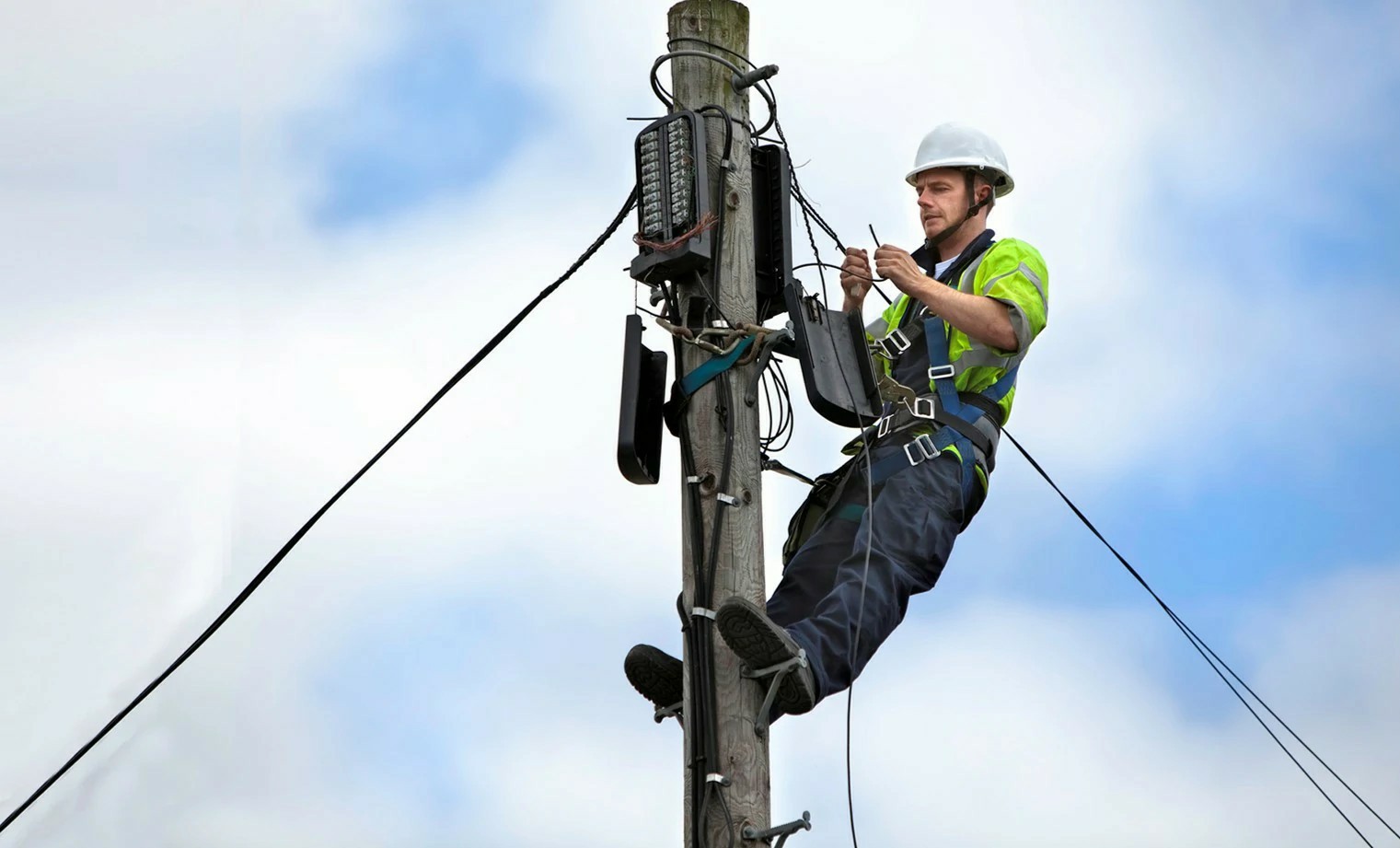


 349,500 Offered Certificates
349,500 Offered Certificates
 24/7 Online Training
24/7 Online Training
 Money Back Guarantee
Money Back Guarantee
 Fully Accredited Courses
Fully Accredited Courses

Created at: 22-02-2025 16:54
When it comes to working at heights, the thrill of completing a job successfully should never overshadow the critical importance of safety. Emergency rescue planning emerges as an essential component of working at heights safety training, equipping both employers and employees with the knowledge and skills required to handle emergencies effectively. This article dives into the nuances of emergency rescue planning, addressing key aspects such as self-rescue techniques, employer responsibilities, and efficient emergency response procedures.
Employers have a legal and moral obligation to ensure that their workforce remains safe, especially when working at heights where the risks are considerably high. Proper emergency rescue planning helps create a safety culture that prioritizes quick, effective responses to incidents. It not only minimizes the potential for serious injuries but also bolsters the confidence of workers, knowing they are equipped to handle emergencies.
Self-rescue should be a fundamental part of every worker's skill set when working at heights. Training programs should emphasize these techniques, enabling workers to take charge during emergencies. Here are essential self-rescue techniques everyone working at heights should master:
While workers play a pivotal role, employers must equally commit to establishing a robust emergency rescue plan. Responsibilities include:
A well-structured emergency response procedure is vital for effective rescue operations. Here are key steps included in these procedures:
Examining successful rescue operations provides invaluable lessons for improving rescue protocols.
In a recent construction project in Dublin, a worker fell from a height of 10 meters during a routine task. Thanks to the well-established emergency rescue plan, a designated responder quickly activated the rescue protocol. The employee was safely lowered to the ground using a personal fall arrest system within minutes, allowing paramedics to provide timely medical assistance.
A window cleaning team encountered an emergency when a worker became incapacitated at a height. The employers had conducted thorough training on self-rescue techniques, enabling fellow workers to initiate a controlled descent while waiting for emergency services. This rapid response helped prevent severe injuries, showcasing the effectiveness of proactive training.
Emergency rescue planning is not merely a regulatory requirement but a moral imperative. By implementing comprehensive working at heights safety protocols, employers can create a safer work environment. Workers, in turn, need to be proactive in mastering self-rescue techniques. Investing in working at heights training and ensuring effective rescue planning can save lives. Take action today—integrate emergency rescue planning into your working at heights safety training program.
For more information on working at heights certification and courses available online, visit our Working at Heights Course. For inquiries, contact us at [email protected].